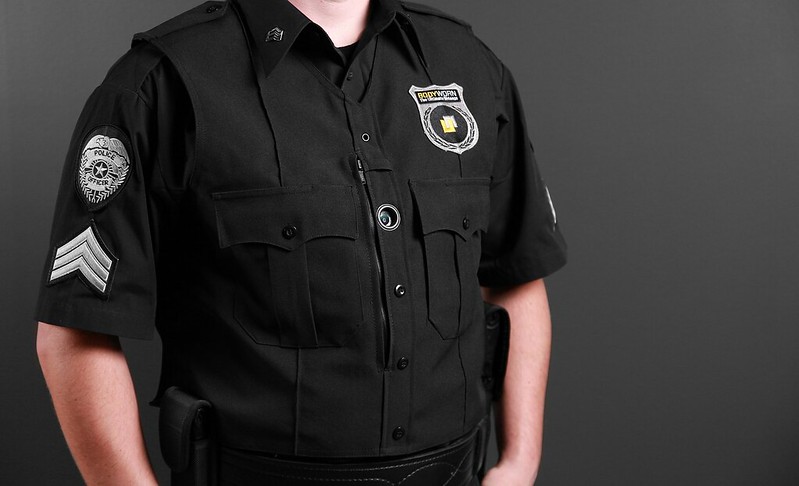Reporters Committee supports challenge to NYPD effort to delay public access to bodycam footage

The Reporters Committee for Freedom of the Press and a coalition of 32 media organizations are supporting Spectrum News NY1’s request of the Supreme Court of the State of New York, Appellate Division, First Department, to reverse a trial court order that would require a hearing to assess whether redacting police body camera footage would be “unreasonably difficult.”
The January order of the Supreme Court of the State of New York, County of New York, permits the parties to conduct a hearing to determine whether making redactions to body camera footage would be “unreasonably difficult,” as the NYPD claims. The additional hearing would further delay production of any records NY1 requested under New York’s Freedom of Information Law.
“Not only does the Order conflict with the very purpose of the NYPD’s [body-worn camera] program, it also rests on faulty legal and factual grounds,” attorneys for the media coalition state in a friend-of-the-court brief, filed on Oct. 18.
Because “unreasonable difficulty” is not a valid exemption to deny release of records under New York’s FOIL, the media coalition argues that a hearing is unnecessary because “difficulty” does not justify denying access to records. Even if it were, attorneys argue that modern and inexpensive technology exists that would allow the NYPD to easily make the appropriate redactions to comply with requests.
“Timely and impactful reporting would not be possible if law enforcement agencies could withhold or delay public access to such records solely on the basis that redacting them would be ‘unreasonably’ difficult,” media coalition attorneys argue.
In the brief, the coalition notes that body camera videos have been crucial in examining police misconduct and excessive force incidents. Videos of the 2014 fatal shooting of Laquan McDonald became public after journalist Brandon Smith filed an Illinois Freedom of Information Act request — and later sued the Chicago Police Department — for camera footage showing officer Jason Van Dyke shooting the teen.
Additionally, body cameras can help shed light on daily interactions between police officers and the public. For example, Stanford University researchers who analyzed 183 hours of body camera footage found that officers in Oakland, California, spoke and acted less respectfully during traffic stops with black people compared to white people.
When the body camera program began in March, Police Commissioner James P. O’Neill said that the “cameras enhance the safety and accountability of the dedicated men and women of the NYPD while improving their ability to ensure public safety.” The coalition’s brief argues that FOIL embodies the same goals and was written to ensure a transparent and responsive government.
The coalition’s brief also states that, when an agency delays its response to a request, records may lose relevance and newsworthiness over time. Moreover, creating an additional hearing will increase costs and create more uncertainty about whether records will be properly disclosed to the public — meaning newsrooms may be further deterred from filing FOIL requests. As attorneys for the media coalition argue, FOIL best serves its purpose when the public can routinely access records in a timely and cost-effective manner.
Read the Reporters Committee brief.
The Reporters Committee regularly files friend-of-the-court briefs and its attorneys represent journalists and news organizations pro bono in court cases that involve First Amendment freedoms, the newsgathering rights of journalists and access to public information. Stay up-to-date on our work by signing up for our monthly newsletter and following us on Twitter or Instagram.